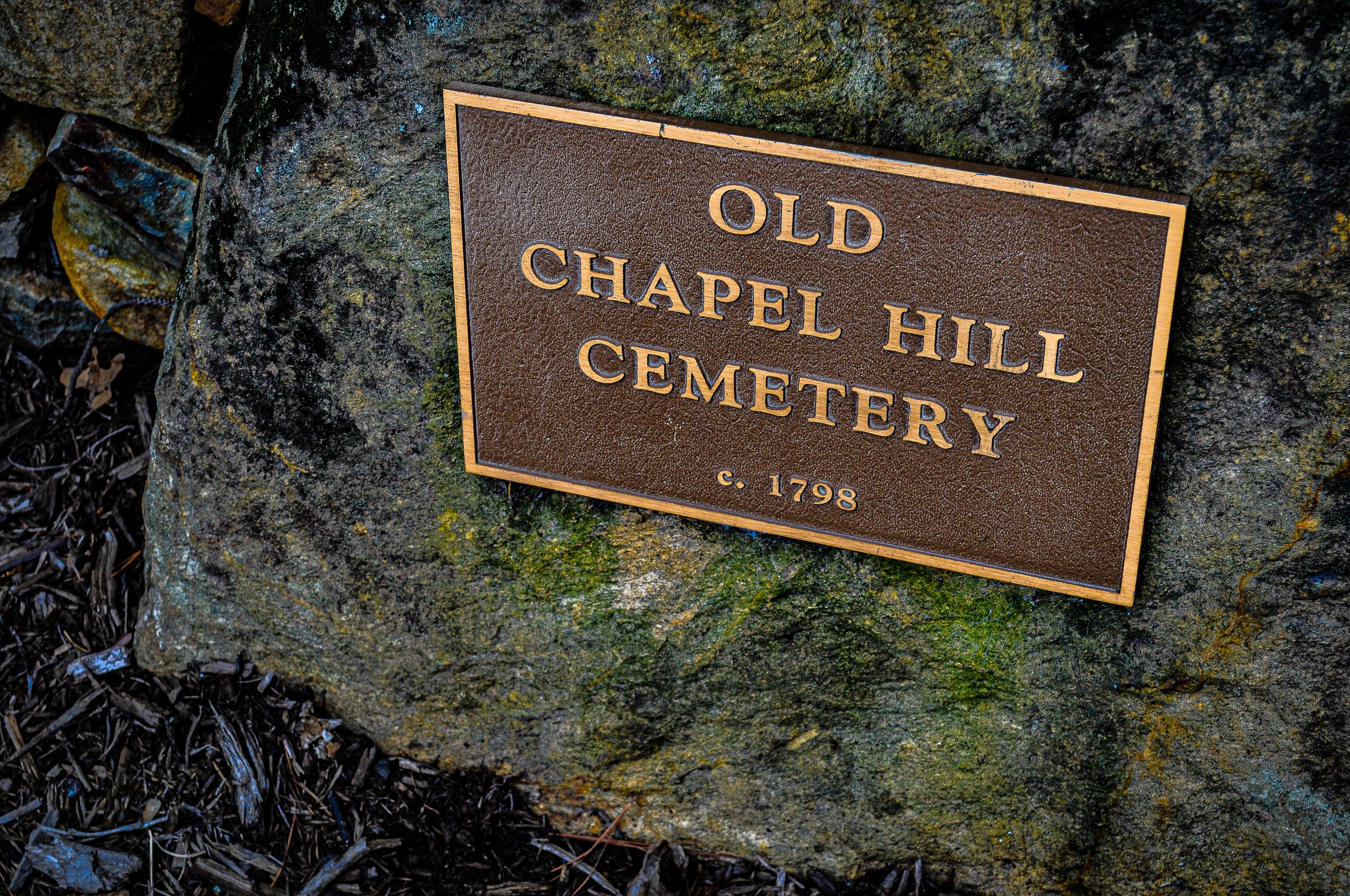Toney & Nellie Estate
The Strayhorn Estate
Nellie and Toney Strayhorn were the first known African-Americans to settle in what is now Carrboro, NC. Both were born into slavery. Toney taught himself how to read and write and became a skilled brick mason and preacher of the Gospel. Nelie was a midwife and maid.
They eventually purchased approximately 30 acres in 1879 and built a one-room log cabin; in which, expanded into a small farm on Jones Ferry Road. They made a living by selling: milk, butter, seasonal fruits, and vegetables to residents within town.
Nellie and Toney’s family gradually outgrew the cabin. Toney & Nellie’s son, William Strayhorn built a house next door (to the right in the 1920s. William married Margie Atkins and they had three children John Robert, Laura, and Algie. Toney’s & Nellie’s daughter Sallie married Fred Barbee (great, great-grandson of Christopher “Old-Kit” Barbee). Fred and Sallie built a rock-stoned house, yards from the original homeplace. Both Sallie and Fred passed at an early age, leaving the oldest of the children to be responsible for raising the younger with the support of Toney & Nellie. Toney eventually left his heirs to the Barbee family. Toney died in 1934 at the age of 84. Nellie died in 1950 at the age of 100. They are buried side-by-side in the Black section of the “Old Chapel Hill Cemetery” on Raleigh Road, Chapel Hill, NC.
Their great-granddaughter Dolores Hogan-Clark, daughter to Ruth Barbee & Zack Hogan, now owns the house and lives there today. Six generations of descendants has continuously inhabited the Strayhorn estate.
The original log structure is now enclosed into the front living area of the existing house and has been added to over the years. The two fireplaces that were original to the house have been replaced and new slabs were poured under the new chimneys to stabilize the new fireplaces and foundation.
The Town of Carrboro has taken an active role in helping the family preserve the structure. Some exterior siding has been replaced, some windows have been replaced, and attempts have continued to be made to keep the structure as intact as possible while still using it as a historical family dwelling. Some electrical upgrades have been made also with help from the Town of Carrboro.






















